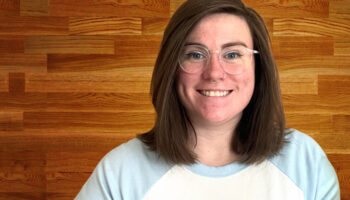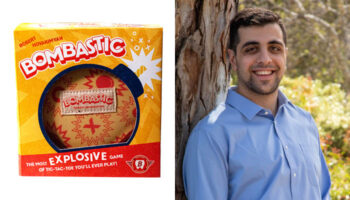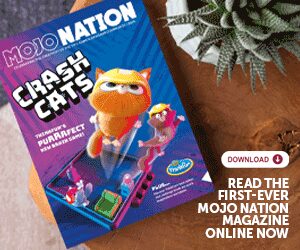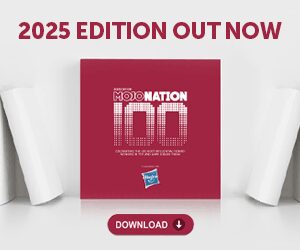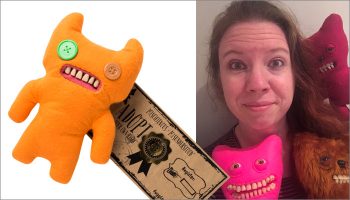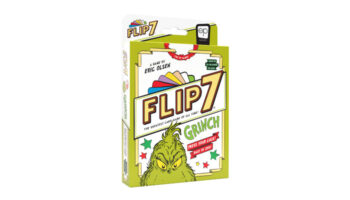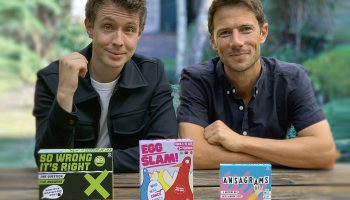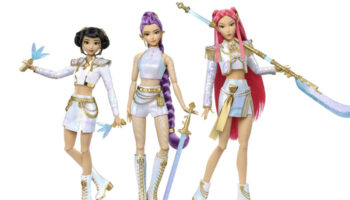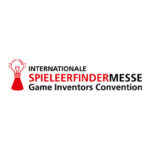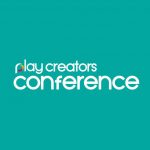Inventor Robert Becker talks Hypertiles: a construction toy like none you’ve seen before?
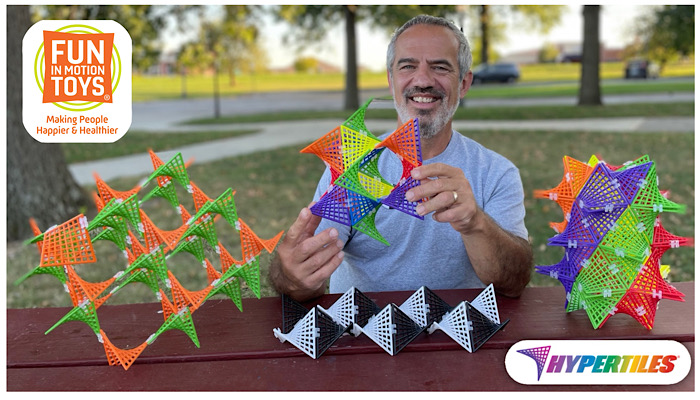
Terrific to meet you, Robert. While I was in New York, I saw your HyperTiles… I absolutely love them! For those not in the know, how do you explain them?
HyperTiles is a construction toy like nothing else you’ve ever seen. With most building blocks, you know what to expect – you push two rectangular bricks together and get… A larger brick! But HyperTiles catch you off-guard. Connect one tile this way, and the other tile that way, pivot this one around and – whoa! How did that happen?!
This is true! I’ll be sure to put a photo in here so people get the gist…
Thank you, Deej. Even as the inventor I continue – after five years – to dicscover the amazing things they can do. The structures you can build and the graceful pivoting and inverting that are possible are all linked to their mathematical shape.
Which I wanted to ask about! What is that shape called?
It’s a hyperbolic paraboloid. They’re also referred to as saddle structures since they curve in two different directions at once, like a saddle…
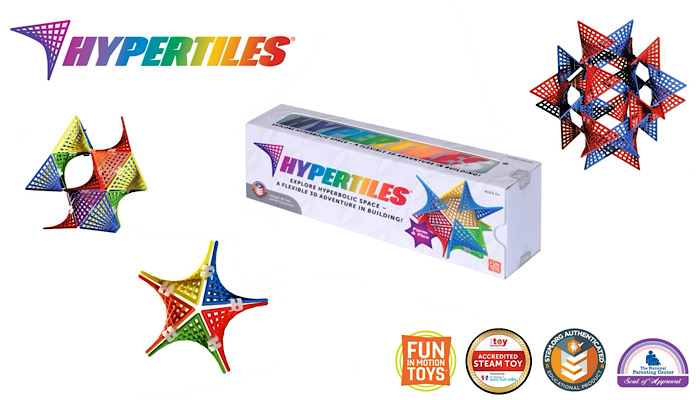
Got it! And at whom are HyperTiles aimed, ideally?
Ideally, they’re aimed at the individual who genuinely enjoys open-ended exploration; at the budding engineer who wants to push the limits, and at the artist who sees beauty in patterns of form and function.
I’ll also say that some children and adults seem to enjoy HyperTiles immediately – they get hooked pretty quickly… They have a fidget-toy appeal as they can definitely keep your hands busy, but it’s an appeal that stretches people’s mind to think in ways they’ve perhaps never thought before.
Well, I’m hooked! Where does this idea come from, Robert? And how did you envision them being a product?
The seeds were planted back in 1982 when I took a college course called 3D Design. The instructor was Erwin Hauer; a true visionary. He designed sculptures and building screens that involved hyperbolic surfaces in beautiful, repeating patterns.
Anyway, about eight years later, I was playing with my five-year-old daughter and snapping together some flat square and triangular tiles to make cubes and pyramids. Something in my mind clicked and I thought: ‘What if the tiles weren’t flat? What if they were saddle-shaped? Could I build the same kind of mesmerising structures and patterned surfaces that Erwin Hauer designed?’
So this would’ve been the late 1980s?
Right. And that’s when I made a prototype out of toothpicks and duct tape! I was actually quite pleased with what I was able to build. But it wasn’t marketable – and besides, I was busy with my family and my teaching. Fast-forward 30 years. I’m nearing retirement and 3D printing offers a means to make a much better prototype. I ran a Kickstarter campaign and voila – HyperTiles were born!
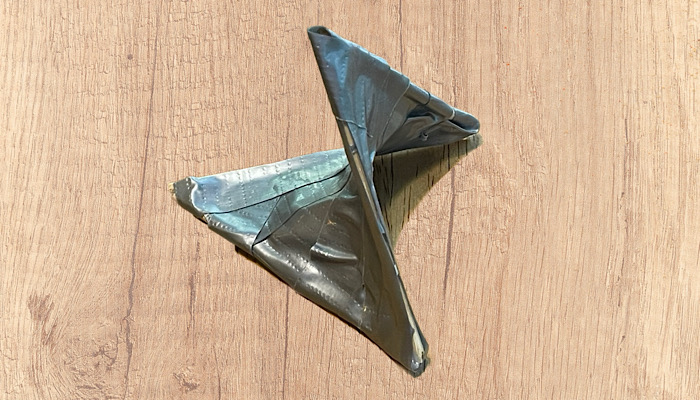
Oh, that’s terrific! You’ve got a lot of my favourite things in this story… The spark of an idea, asking “What if…”, a dirt-cheap prototype, a delay in development… So tell me: how did you pitch the idea?
Okay, so full transparency: I need to say that this whole amazing adventure has involved one stroke of amazing good luck after another! Every step along the way, the toy gods were smiling on me! Nowhere is that more the case than when it comes to my relationship with Fun in Motion Toys. I know the usual path for an inventor involves knocking on hundreds of doors, making thousands of calls, setting up meetings and making pitches, and tons of rejections…
As I mentioned, though, I ran a Kickstarter campaign. It succeeded but, in all honesty, I was going to go through with it even if it failed! So then I found a company to manufacture them, and I was doing the rest myself out of my garage… Some local stores selling them, a few craft fairs and holiday pop-ups and a website store. I figured it would be a fun retirement hobby for me and if it actually made any money, my wife Kathy and I had decided to donate it all to a handful of charities we were already supporting. So I never really pitched it to anyone!
Not even Fun in Motion?
Not even Fun in Motion, no! About a year into things, I got an email from this amazing fellow in Florida named Kevin Daniels – the co-founder of Fun in Motion Toys. Kevin told me he’d seen the Kickstarter video – even though the campaign had been over for more than a year! He was interested in licensing the IP for HyperTiles – something I hadn’t really even considered. The company couldn’t have been a better fit, and they’ve been amazing to work with.
Brilliant. And what of the product development, Robert? What was your biggest challenge?
I started the whole production the same year I retired: 2020! Covid worked in my favour in that, since the schools were closed down, I was able to borrow a few 3D printers from some of them. That said, covid made getting the prototypes out to be playtested a challenge…
Mostly, I used the children of my colleagues and made sure to sanitise all the tiles and connectors between each use. Trying to get some of those children together to tape the Kickstarter video also proved challenging – what with all the social distancing and observing of covid protocol. In terms of production, the main thing I struggled with was how firm to make the connectors. Too firm and they’d prove too difficult for younger hands… Too soft and the structures would fall apart too easily.
Makes sense. You also want them to be quite satisfying, presumably? The sound and feel as the connectors ‘bite’…
Exactly. In my original sets, I probably erred on the side of making them too soft. Also, the box I sold them in was a thin, clear sleeve with a square cross-section. Simple – but it proved difficult to put the tiles back in. Having a toy that’s hard for a child to put away is not a strong selling point for parents! So Fun in Motion made HyperTiles 2.0 with brighter colours, a firmer connector and a sleek box design. They even included a tote bag for easy clean-up!
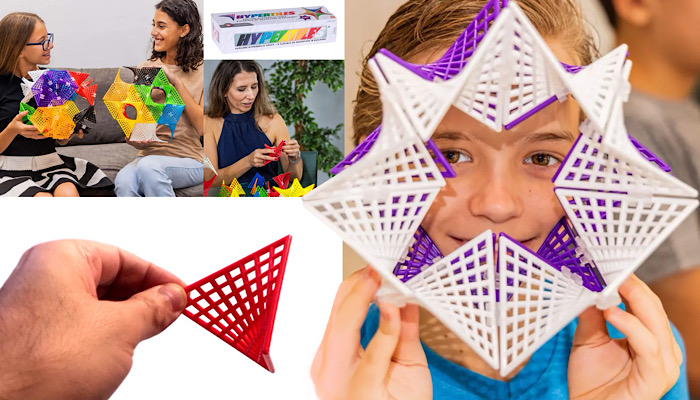
And again, I’ll put some images in here so people can see how it looks. Let me ask you this: what’s the most satisfying thing you’ve built from the tiles?
The most satisfying simple structure would have to be the eight-tile Zigzag Flexi-Loop. The way it flexes and folds and turns in on itself in an infinite loop is just very tactilely pleasing. To be honest, I’d envisioned HyperTiles as a construction toy for making all these awesome solid structures… But I hadn’t considered the connectors as hinges. When I happened upon this curious capability, though, I figured I’d include it in the Kickstarter video as a sort of fun side effect. Ironically, it was actually this part of the video that prompted Fun in Motion Toys to contact me…
Ha! Did they say why?
The Flexi-Loop was very much adjacent to their big seller, the Shashibo! But then, as far as the bigger structures are concerned, the one I find most satisfying would have to be the Truncated Dodecahedron. That requires 60 tiles and 90 connectors and is a bit of a challenge to build. It has some wonderful mathematical features that make it especially satisfying, aesthetically and logistically.
Great answer! Thank you. And what’s next for the brand?
Lots of ideas… We’re right now working on a pilot project to incorporate HyperTiles into elementary-school libraries as a unique activity centre with weekly challenges to build and think about. We’re also considering offering a variety of kits to build specific structures – a dragon’s head, a bouquet of flowers… These would come with auxiliary items or accessories that would become part of the HyperTile building system.
Perfect. I’ve enjoyed this enormously, thanks, Robert. Before we wrap up, tell me: what’s the most interesting object in your office or on your desk?
Well… I don’t really have a desk or office! I do most of my work at a table sitting across from Kathy in our sunroom. And hanging right above my left shoulder is a HyperTile Truncated Dodecahedron that I’ve made into a beautiful functional lamp! Maybe that’ll be the next kit for purchase!
Heavens to Murgatroyd! That might be the most obscure answer I’ve ever got: let me get it right… A HyperTile Truncated Dodecahedron Functional Lamp?
That’s it exactly!
Don’t say another word! Ha! It’s not going to get any better than that! Thank you, Robert!
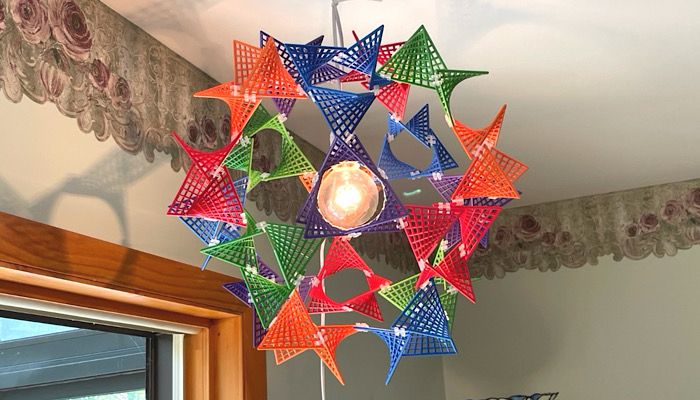
–
To stay in the loop with the latest news, interviews and features from the world of toy and game design, sign up to our weekly newsletter here





